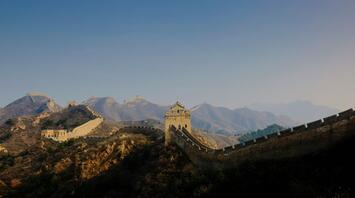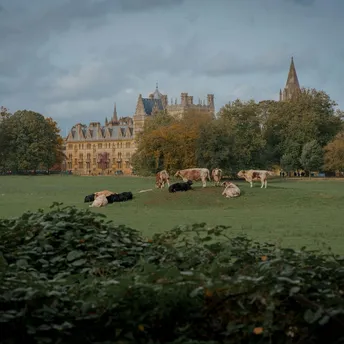Rare Ming Dynasty Sculpture Unearthed in the Great Wall

A significant new find from the Ming dynasty has been uncovered within China's Great Wall, revealing more of its historical secrets.
A Rare Sculpture Unveiled
Recently, after over two months of archaeological excavations, researchers uncovered an impressive sculpture associated with the Ming dynasty in the Great Wall of China. This find, located in the Jiankou section, was revealed following restoration efforts.
The Chinese Academy of Social Sciences announced the discovery in early June, highlighting three new architectural elements. Among them are "roof charms," intricate sculptures symbolizing the Ming dynasty, which ruled China from 1368 to 1644. The largest of these charms depicts a dragon, with detailed craftsmanship evident in its claws and scales, showcasing the precision of Ming architectural design.
Intact Through Centuries
Roof charms, traditional sculptures of animals or mythological creatures such as dragons, lions, and phoenixes, served both symbolic and practical purposes. They were believed to protect buildings from evil spirits and were strategically placed along the roof's ridge line. These charms are not exclusive to the Great Wall and can also be found on other historical sites like the Forbidden City in Beijing and various government buildings.
This particular discovery was made on watchtower number 120, situated in the dense forest of the Jiankou section of the wall. The unearthed sculpture, known as a "ridge beast," adorned the roof of a building. Such figures, often crafted from ceramic or stone, were designed to be seen by many, serving both as decoration and protection.
Historical Significance
The Great Wall of China, a monumental feat of engineering, has long been a symbol of China's rich history. Built to defend the country’s northern border, it spans centuries of history and continues to reveal new aspects of its past. The discovery of the Ming dynasty sculpture adds a new layer to our understanding of the Great Wall’s architectural and cultural significance.
This find not only underscores the Great Wall’s historical importance but also highlights the ongoing efforts to restore and preserve this iconic structure. Each discovery offers a glimpse into the past, enriching our knowledge of the cultural and historical context in which the Great Wall was constructed.
As archaeologists continue their work, more secrets of the Great Wall are expected to come to light, further enhancing our appreciation of this world-renowned monument.



















